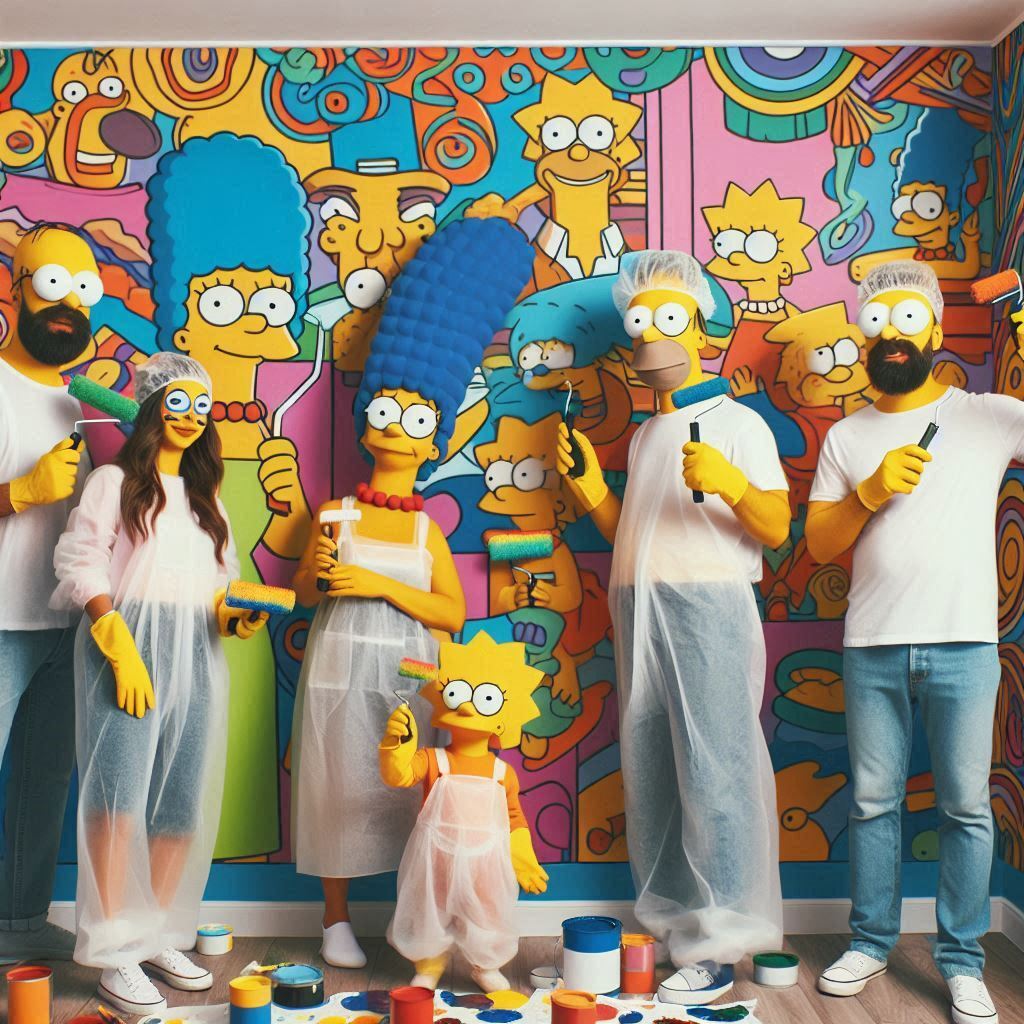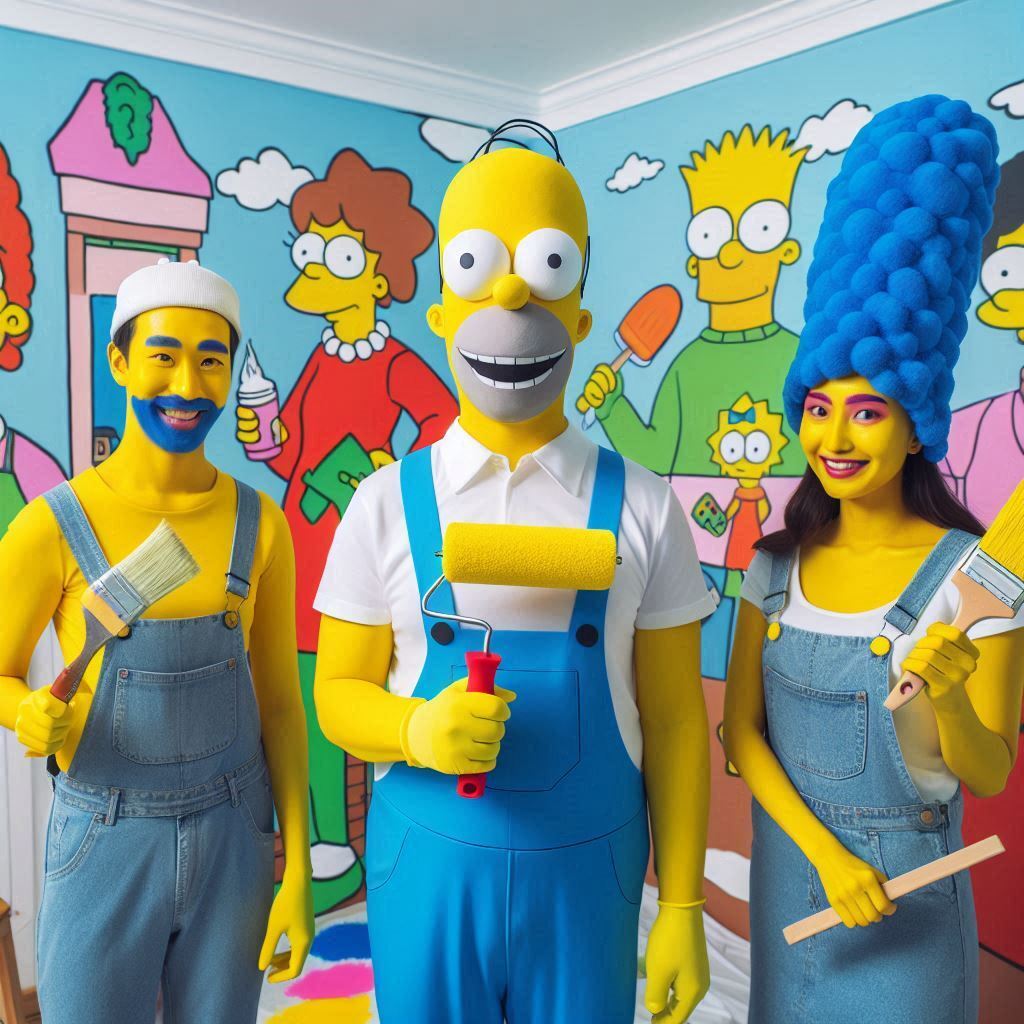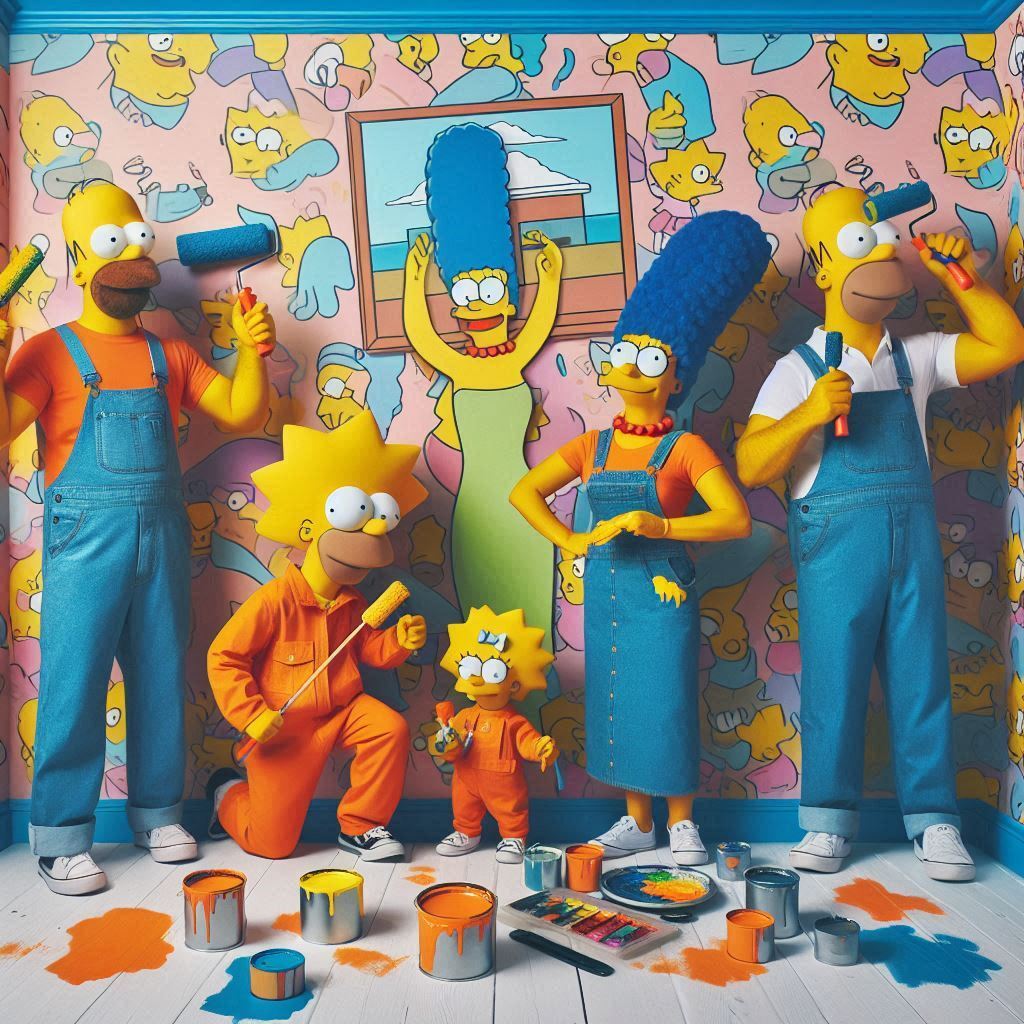First you need to prepare the surface. There are two solutions here. If this is a new apartment and the walls have never been painted, there will be no problems with preparation. We remove all dust and dirt from the plastered surface, while checking for cracks, bumps, and potholes. If there are any, we take the putty and correct the shortcomings. Keep in mind that dirt and dust should also be removed from the leveled surface, otherwise the paint layer will fall unevenly and begin to peel and crack. Then we cover the wall with a primer paint. You can take a water-based matte paint, dilute it with water and cover the wall with an even layer.

If you are planning a renovation, you must carefully remove the previous layer of wallpaper or paint. Wash off any wallpaper glue left on the walls. After that, we proceed according to the described scheme – we fill up the cracks with putty, sand the surface, remove all the dust and apply paint. If the wallpaper holds fast, then you can paint on top, although this is undesirable. In this case, you need to prime the surface with an alkyd paint primer diluted with about a third of white alcohol.
There is another way: painting a wooden surface soaked in drying oil. This is the worst possible scenario. Under the paint, drying oil begins to emit gases and essential oils, the paint soon swells into small bubbles that are filled with a yellow liquid. The best way out of this situation is simply not to paint. Or you will have to scrape off the top layer of wood, treat the surface with flame retardants and antiseptics, and only then start painting.

The choice of brushes depends on what surface and how you are going to paint. You should not aim for a larger size – you need a skill. The flat thin brush is suitable for painting the edges of corners and surfaces. Rollers are often used. In this case, opinions differ. Of course, it speeds up the process, but with a brush, the paint layer falls more accurately and gradually. And after the roller, there are often dotted or fibrous traces that will still have to be picked up. The only option when it is profitable to use a roller is to apply thick layers of paint to hide the shortcomings of the wall. Brushes made of natural or artificial hair are suitable for oil or alkyd paint. For enamel, it is advisable to take a brush made of bristles, and natural, and latex paint is better laid with a brush made of artificial fiber. Immediately before work, the brush should be thoroughly dusted off from barely holding hairs.

Paint is usually mixed with a drill with a nozzle, so it is more convenient and faster. But at home, you can do without it. It is better to start painting from the corner of the walls. In order not to stain the ceiling, you should stick paint tape to it or attach a large spatula. Usually make edging: hold the brush pile at the base, as if squeezing out all the paint at the end, and apply a thin line along the corner. Exactly this way: along or in the direction from the paint tape. The paint layer drips down a little and forms a 5cm wide strip. Then we take a wider brush and paint the surface adjacent to the strip. It should be painted from the bottom up, so new strokes will fit on the neighboring ones that have not yet dried out. The length of one stroke should be done in two bristles of the brush. At the same time, it is better to divide the entire wall into squares, then the work is somehow ordered, and at the same time it will seem that there is less left to paint. Then you can safely paint the entire surface with a roller or a wide brush – the ceiling will not get dirty, the border is there.
When dipping the brush in the paint, lower it no deeper than 1/2 the length of the bristles, otherwise it will then flow on the handle, dripping on the floor. And, most importantly, when the brush is dipped – do not remove excess paint, while wiping the brush on the edges of the bucket. Tap it with the edge, and the extra drops will fall off. And when you do a brush stroke, don’t push the brush too hard. Believe me, the wall will not get any better from this. With an average effort and evenly-then you will get an even layer. You don’t need to poke the brush into the wall or rotate it – lint may remain on the wall. It is better to immediately start painting with a breakdown. Apply 2 vertical lines, approximately 6-7dm-long, and then smear the paint, making cross strokes.

If you work with a roller, pour the paint into the tray – the probability of staining the floor will be less. It should be poured a little, and the roller should be rolled so that the paint is distributed gradually in it. As a rule, the roller is painted as follows: apply two cross stripes, and then make smears in the same direction. After the first square is completely filled in, paint it again, making strokes-from bottom to top. At the same time, you don’t need to try to cover the entire wall at once, paint each meter in turn.